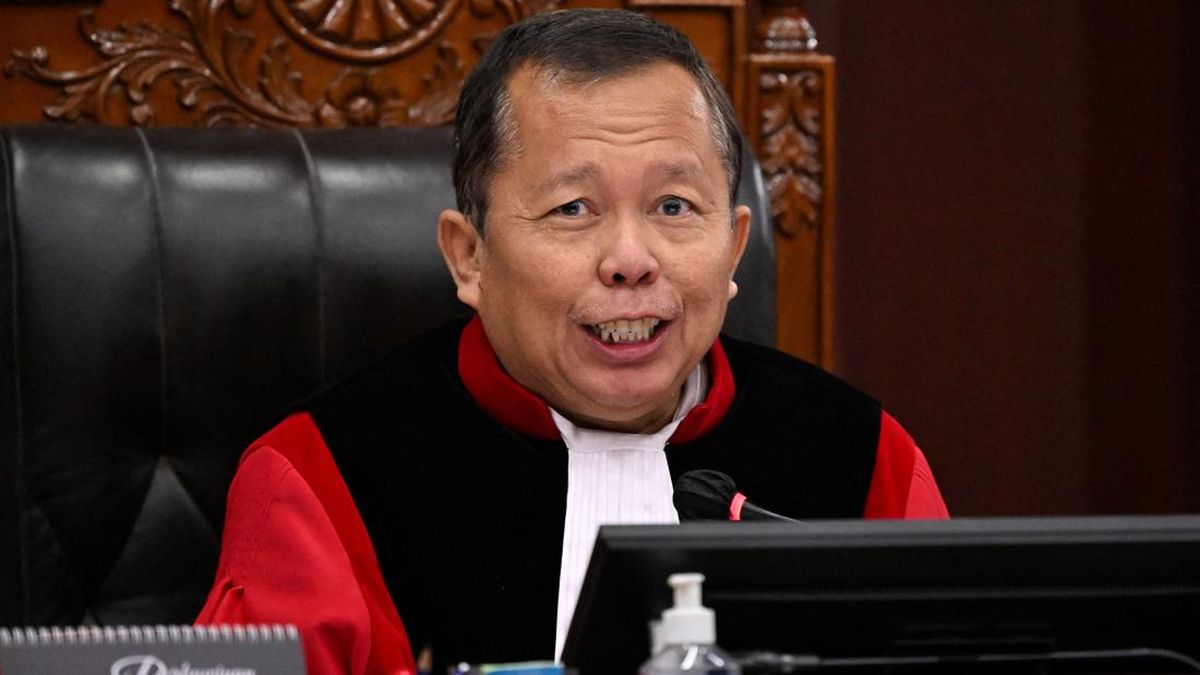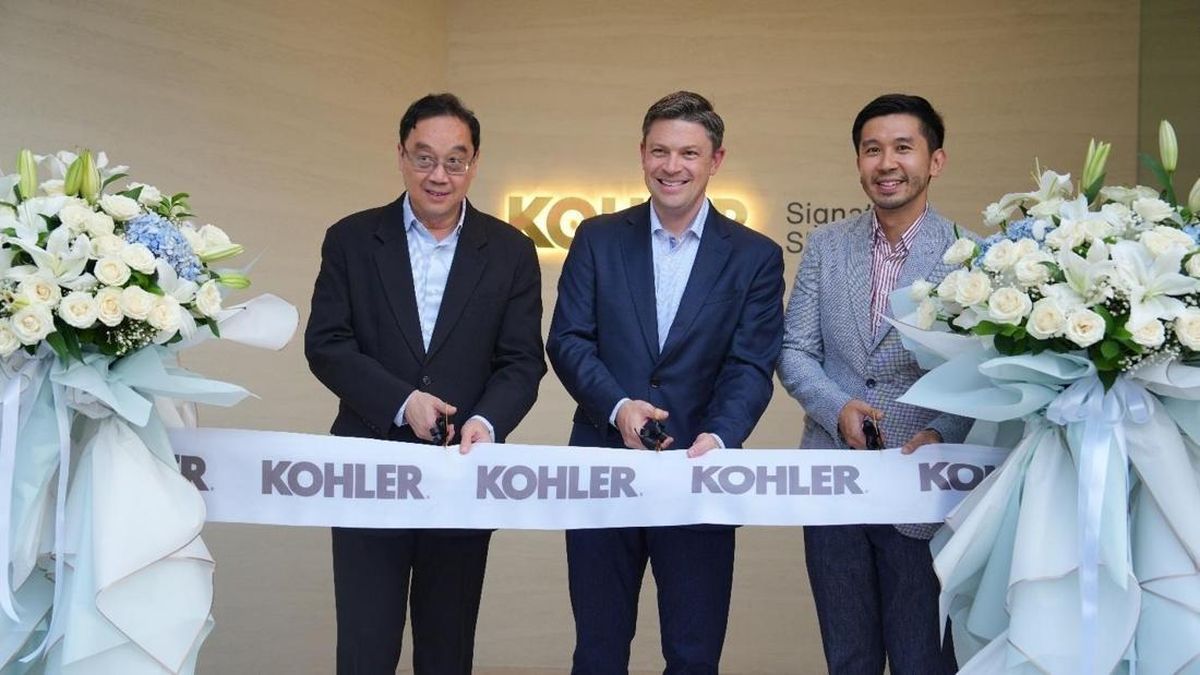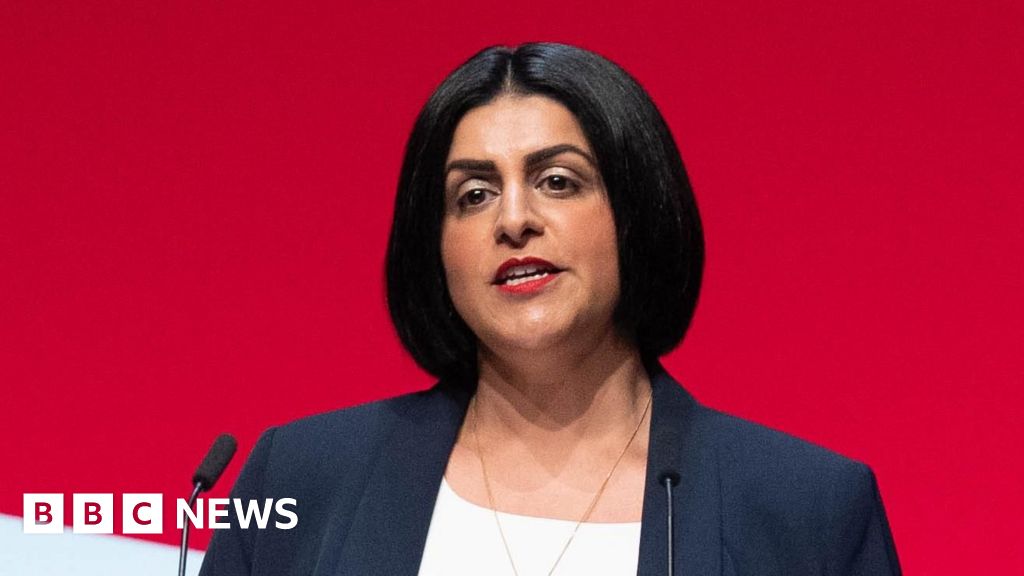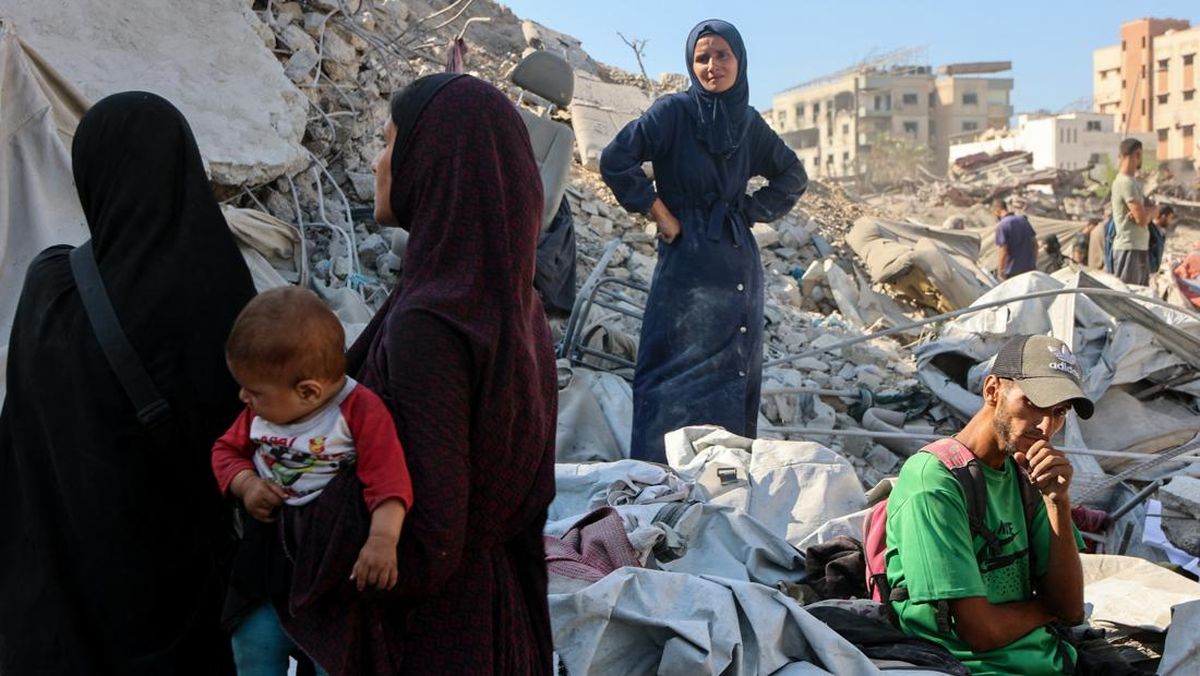‘Squeaking’ children, traffic jams: The Sydney suburbs flooded with new childcare builds
A surge in development proposals for childcare centres in Sydney streets is leaving parts of the city “clogged” with an oversupply as other suburbs face a dire shortage of centres to meet demand.
A government push to boost childcare spaces in NSW has resulted in record numbers of development applications for childcare centres, prompting backlash from residents and local councils over impacts on traffic congestion, property prices and “noisy” children disturbing the residential peace.
The increase has been reflected in record numbers of planning appeals to the Land and Environment Court lodged by developers of new childcare centres – including some as tall as five storeys – after their plans were initially refused by councils.
The court has this year handed down an average of more than one judgment for new childcare centre developments per week – and approved each, paving the way for the construction of 53 new centres with a combined capacity of 4563 childcare spaces.
Court figures show the Canterbury-Bankstown Council area has recorded the highest number of development appeals, with seven separate centres given the green light this year, followed by Blacktown and Liverpool, each with six.

A concept image of the new childcare centre approved in Frenchs Forest.
Among the largest developments approved by the court was a proposal to convert two homes in a residential street in St Marys into a 150-space centre.
The appeal was granted after Penrith Council refused the plans, having determined the centre would lead to “adverse noise, amenity and parking impacts” and was incompatible with the “existing and future desired character” of the streetscape.
University of Sydney lecturer in early childhood education Erin Harper said the surge in childcare developments has left parts of Sydney experiencing an oversupply of centres as other suburbs, including areas with high population growth, lower socioeconomic status and regional centres, continued to experience chronic shortages.
Harper said reasons for oversupply in some parts of Sydney include “demand projections not matching up with actual demand” and a lack of government regulation to ensure the equal distribution of new centres.

Georgie Dent, executive director with The Parenthood.Credit: Alex Ellinghausen
Georgie Dent, chief executive of parenting advocacy organisation The Parenthood, said the unequal distribution has meant parents and guardians in some parts of Sydney are living in “childcare deserts” where families face long wait lists to secure spaces or have to travel outside their local government areas to secure available and affordable spaces.
“In areas where there is an undersupply, this can put parents in a vicious cycle where they can’t work because they don’t have care and are languishing on extensive wait lists,” she said.
“It has significant impacts on household finances, and it also means their children potentially miss out on the transformative benefits of early education.
“Instead, we have a purely market-driven model that drives oversupply in areas where for-profit services can maximise revenue.”
Court judgments show many of the centres approved by the Land and Environment Court came after the proposals faced significant opposition from residents, including a planned 89-space centre in Cremorne that had 132 residents lodging written objections to North Sydney Council.

A concept image of a new childcare centre development in Loftus approved by the Land and Environment Court.
Bayside Council recorded a similar flurry of opposition to plans for a 90-space centre on a residential cul-de-sac in Bexley, including from one resident who, in submission to the council, labelled the $2.6 million development as “unwelcome in our dead-end street”.
Another resident in a written submission said the prospect of 90 “squeaking children” arriving at the centre as early as 7am would have negative effects on the residential street and could cause “insomnia and stress” for neighbours within earshot.
Fairfield Mayor Frank Carbone said the spike in planning disputes relating to new childcare centres were indicative of the “sheer scale” of some proposals he said were in breach of local planning regulations such as building heights and overshadowing.
“Some of the centres are essentially mini schools on residential streets and developers are asking for more than what’s permitted under the regulations,” he said.

Fairfield Mayor Frank CarboneCredit: Nick Moir
“They’re multistorey buildings and if they don’t copy the planning controls, councils have a right to refuse them.”
Karen Barnes, chief executive of childcare centre provider Ology Education, said new childcare developments needed to be located in residential areas to ensure families can have convenient access to centres.
“The idea is to build centres where the demand is highest and it makes it easier for parents who have school and preschool-aged children to drop off their kids before work and at pick-up time,” she said.
Loading
Australian Childcare Alliance president Paul Mondo has called on both the state and federal governments – which have policies to actively encourage new builds – to ensure centres are prioritised in areas with identified shortages.
He said oversupply has left many centres operating below capacity, while others experience challenges in recruiting staff.
Ramakrishnan Baskaran, who was granted approval by the court to build a 98-space centre in Penrith in June, said court appeals can be costly for developers, further driving up the cost of new builds which would “inevitably” be passed on when determining childcare fees.
“The delays cost us $100,000, and it’s that red tape makes it harder to build new centres in areas at a time when families in the area are crying out for more spaces,” he said.
The figures come after the NSW government has pushed ahead with plans to build hundreds of new childcare spaces on the sites of public schools in a bid to boost capacity.
Start the day with a summary of the day’s most important and interesting stories, analysis and insights. Sign up for our Morning Edition newsletter.
Most Viewed in National
Loading


















































